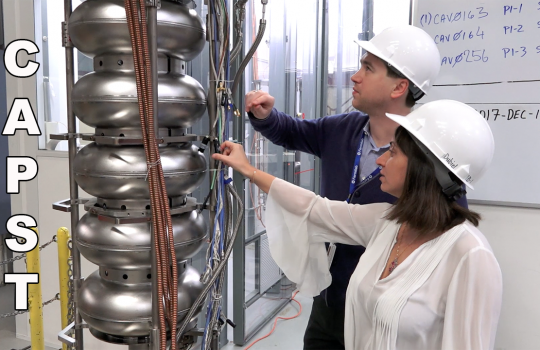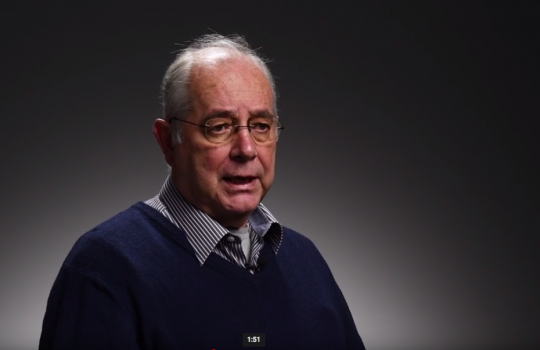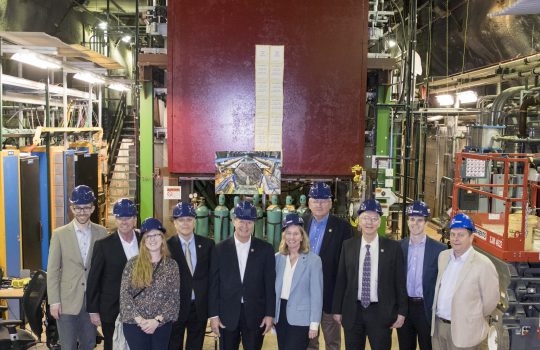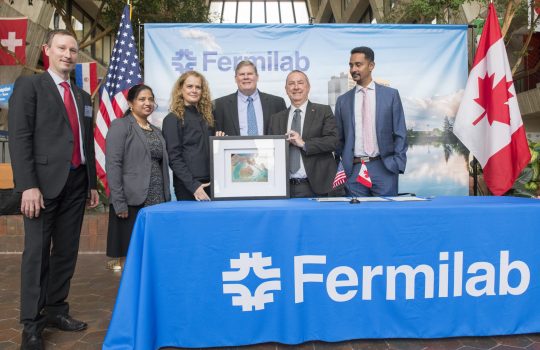This 3-minute video shows the highlights of the visit and statements made by a bipartisan delegation from the U.S. House of Representatives Committee on Science, Space, and Technology when they toured research facilities at the U.S. Department of Energy’s Fermi National Accelerator Laboratory on May 12, 2018. Five Members of Congress toured R&D facilities and discussed with Fermilab scientists the lab’s flagship neutrino research program. The video includes footage of Fermilab’s accelerator technology research areas, neutrino experiments located 350 feet underground, the Muon g-2 experiment, the lab’s quantum computing laboratory and remote control rooms for particle physics experiments. Statements were made by Energy Subcommittee Chairman Randy Weber (R-Texas), House Science Committee Vice Chairman Frank Lucas (R-Oklahoma), Representative Bill Foster (D-Illinois), Environment Subcommittee Chairman Andy Biggs (R-Arizona) and Representative Neal Dunn (R-Florida). Science Committee staff members also participated in the tour.




